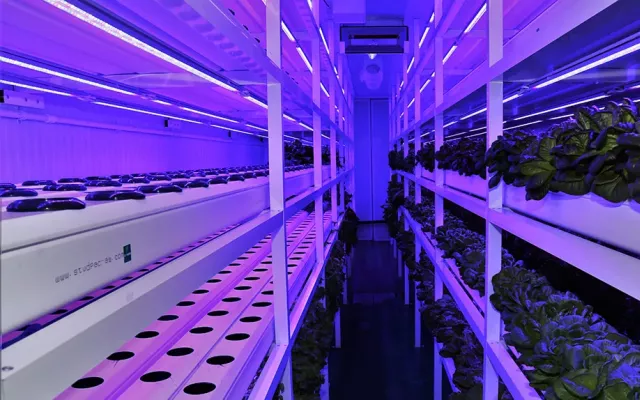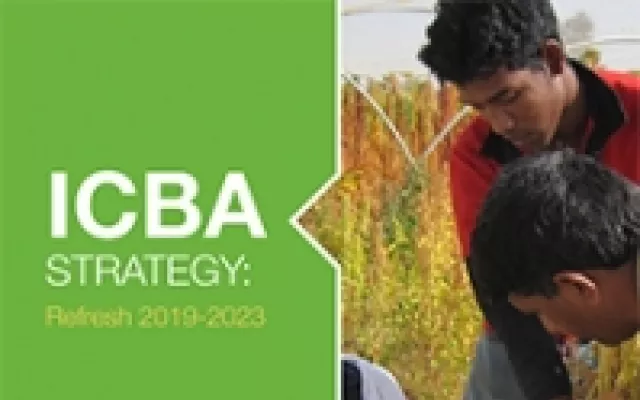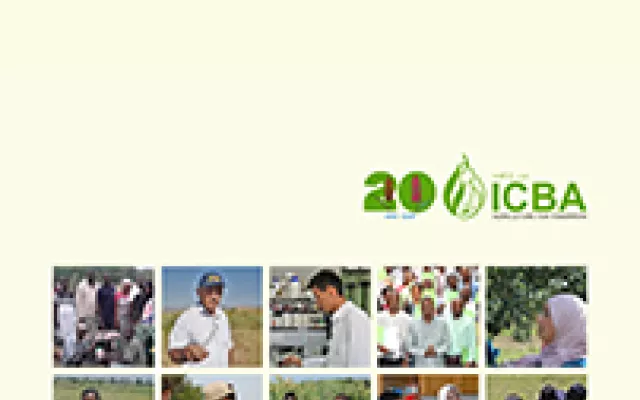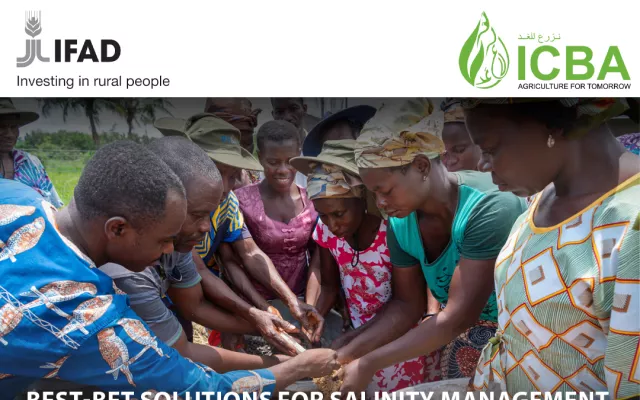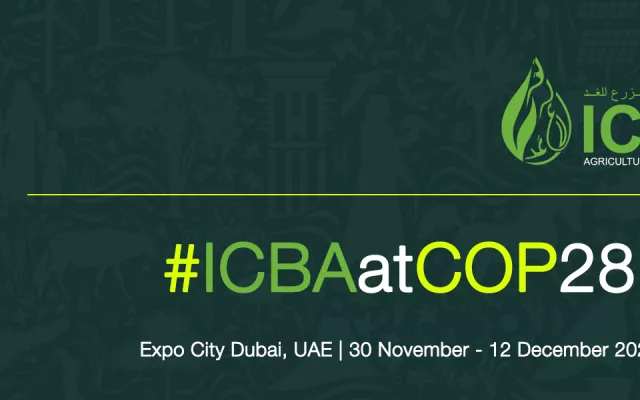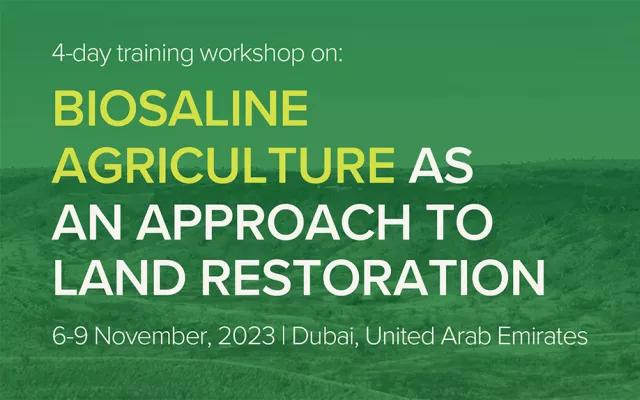How salt-loving grasses can help tackle salinity and boost forage production in UAE
26 July 2018
Soil and water salinity are a big problem in many parts of the UAE due to intensive desalination, including in agriculture, and seawater intrusion into aquifers. So much so that some farmers prefer to abandon their salt-degraded lands as traditional crops fail. The problem poses challenges to national efforts to enhance food security and self-sufficiency through local production.
Set against this backdrop is a projected increase in demand for fresh water and food as a result of urbanization and population growth. According to the UAE Food Industry Report 2017, a mix of a growing population, increasing tourist numbers and rising incomes will push food consumption in the country to 59.2m tonnes annually by 2025. For example, per capita meat consumption is forecast to reach 79 kg by 2019, ranking the UAE 7th in the world – ahead of Ireland, Australasia and Australia.
In part to address these multiple challenges, the International Center for Biosaline Agriculture (ICBA) works with local partners to design studies and projects that look for ways to rehabilitate salt-affected areas and make use of saline soil and water resources for food and forage production.
One way that has been proven to hold a lot of promise is cultivation of halophytic, or salt-loving, plants. Published recently in Crop & Pasture Science, a three-year study by a team of scientists at ICBA suggests that halophytic grasses, for example, can be a good option for forage production and rehabilitation of salt-affected lands in the UAE. What is more, they produce higher yields than some traditional grasses like Rhodes grass (Chloris gayana).
To see how well halophytic grasses would perform in extreme conditions, the scientists conducted extensive experiments on three abandoned salt-degraded farms in Mezaira’a, Madinat Zayed and Ghayathi in the emirate of Abu Dhabi. When the grasses were planted in the first year of the study, the water salinity level on the farms ranged from 14.1 to 17.4 deciSiemens per meter. The team tested four halophytic perennial forage grass species such as Distichlis spicata, Paspalum vaginatum, Sporobolus virginicus and S. arabicus for yield and water productivity. Harvested three times a year, the grasses produced, on average, dry biomass yields of 32.64 to 40.68 tonnes per hectare. The team also recorded average yields in terms of water productivity at 1.68 to 2.42 kg of dry matter per cubic meter of water, which is much better than previously reported yields for Rhodes grass in less saline conditions.
The results show that these grasses are excellent alternatives for sustainable forage production in salt-affected areas in the UAE. They also confirm previous research on the economic and environmental benefits of using these grasses in integrated forage–livestock systems, particularly in marginal environments with low-quality soil and water resources.
Dr. Khalil Ammar, a principal scientist in hydrogeology and water resources management at ICBA, explains: “They are part of sustainable and inexpensive solutions. They can help improve the farm’s situation. So we are offering a much better solution that suits the needs of these farms.”
The findings are encouraging for several reasons. First, as fresh water is getting scarcer in the country, as well as the Middle East and North Africa (MENA) region as a whole, farmers should consider alternative types of water for irrigation, including saline water, reject brine and wastewater. By some estimates, agriculture accounts for more than 80 percent of the MENA’s water withdrawals. Yet most countries in the region already cannot sustainably meet their water demand. More worryingly, water availability per capita is expected to be halved in the region by 2050.
“Because we are in a water-scarce country, savings are important. Sometimes, it is not easy to find a solution that has many simultaneous benefits, but we should keep trying to bring new crops, forages and varieties of grasses because of their sustainability in the agricultural productivity of the UAE,” Dr. Khalil Ammar comments.
Second, desalination and unsustainable groundwater abstraction are leading to worsening soil and water salinity. Salinization is a serious issue across the MENA region. According to an FAO report in 2015, 11.2 percent of the region’s soils are affected by various levels of soil salinization. Salt-affected soils vary in extent by country from 10-15 percent in Algeria to over 50 percent in Iraq. In the UAE, 33.6 percent of the area is salinized.
Third, saline soil and water resources are often viewed to have little or no value at all. As they make up a large part of all available natural resources, it makes sense to use them. Livestock production will need to keep pace with projected growth in demand for meat. This would in turn require more feed and forage production. So halophytic grasses could be just the job in marginal areas.
The scientists point out that more research is needed before these grasses are adopted by farmers on a large scale in the UAE or other countries in the MENA region. For example, thorough analysis of nutritive quality and chemical composition would help to make a stronger case for their cultivation. But the study shows that there are some little-noticed ways to achieve food security objectives. And more importantly, they are cost-effective and sustainable.


